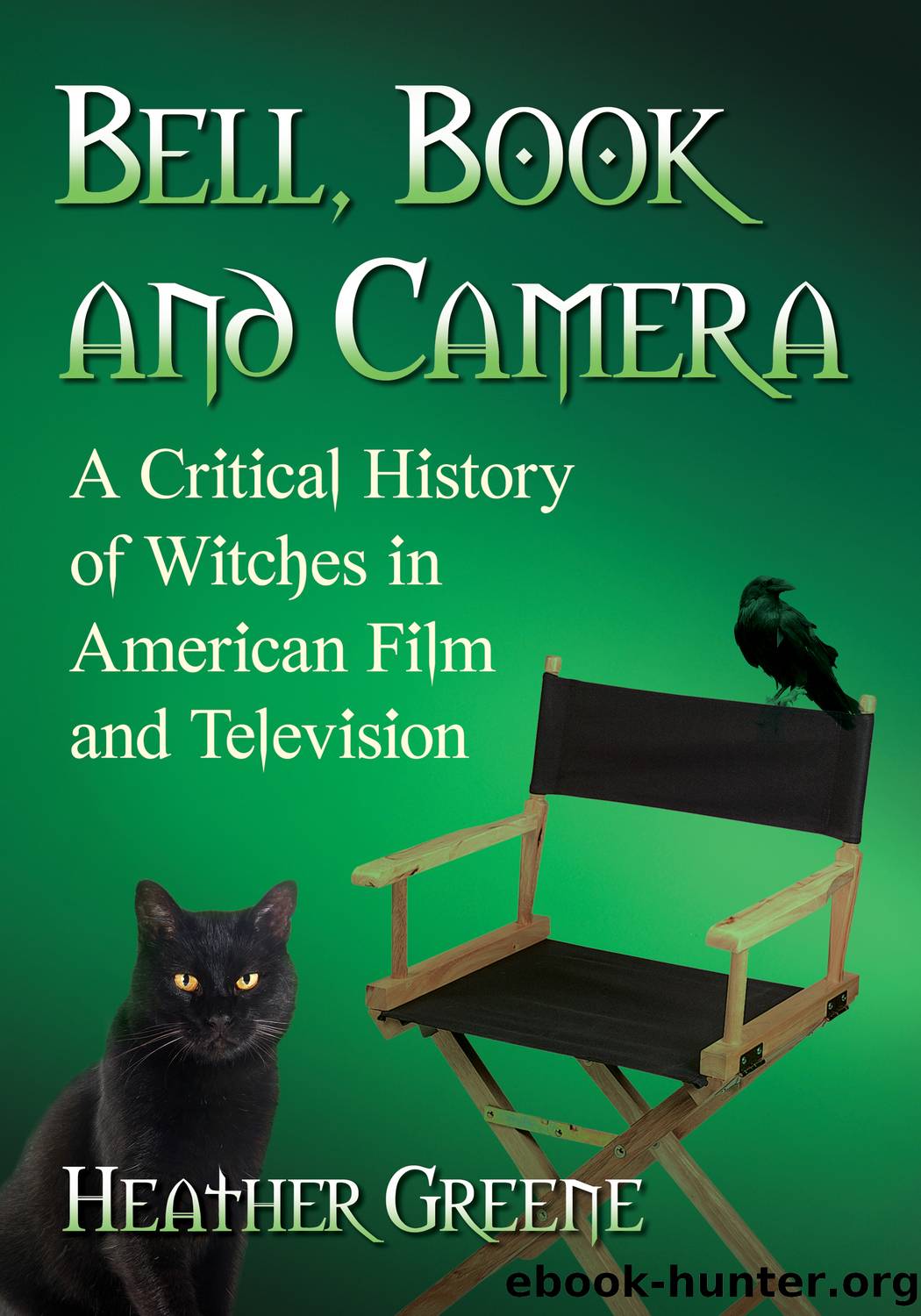Bell, Book and Camera by Heather Greene

Author:Heather Greene
Language: eng
Format: epub
Publisher: McFarland & Company, Inc., Publishers
Published: 2018-04-23T00:00:00+00:00
The Addams Family (1964â1966). Starring, left to right, John Astin as Gomez, Lisa Loring as Wednesday, Ted Cassidy as Lurch, Carolyn Jones as Morticia, and Ken Weatherwax as Pugsley (www.moviestillsdb.com).
Thematically speaking, the show works similarly to Bewitched in terms of its allegorical social context. Where Bewitched creates a mixed marriage, The Addams Family places an entire group of people, defined as different, within a conventional suburban environment. The show asks and answers the question: âwhat happens when a family, who is not like us, moves in to the neighborhood?â The show works on these ideas through its satirical comedy but, as noted by Bewitched producer Arnold Bell, âfantasy can always be a jumping-off place for more sophisticated work.â
As an aside, the possibility of reading witch-productions as allegory for racial tensions can be taken further if one includes the use of green-skin as a mark of difference. Over time, the green skin color became a signifier of the woman as transgressive, monstrous, non-human, amoral or evil. While that visual element was not originally put into play to be coded as such, it evolved into that with repeated use. However, the green skin color is largely taken for granted as fantasy at this point. It is not until much later that this visual element get drawn into witch narratives as openly symbolic of social difference, racial or otherwise (e.g., Broadwayâs Wicked, 2003).
Just as Bewitched and The Addams Family reflect contemporary social tensions, they also demonstrate the evolution of the witch character into something more than just a transgressive woman who needs help. While earlier witch-next-doors characters were forced to conform in order to find love and fulfillment as defined within normative terms, Samantha and Morticia do not. The former tries, but she is unable. Samantha canât deny who she is. The latter owns who she is and makes no apologies. Morticia is her own woman and witch. Both shows challenges the assumption of cultural uniformity as well the powers allowed to women within contemporary America.
Download
This site does not store any files on its server. We only index and link to content provided by other sites. Please contact the content providers to delete copyright contents if any and email us, we'll remove relevant links or contents immediately.
| Direction & Production | Genres |
| Guides & Reviews | History & Criticism |
| Reference | Screenwriting |
| Shows |
Robin by Dave Itzkoff(2413)
Head of Drama by Sydney Newman(2274)
I'm Judging You by Luvvie Ajayi(2177)
The Paranormal 13 (13 free books featuring witches, vampires, werewolves, mermaids, psychics, Loki, time travel and more!) by unknow(2070)
Ten by Gretchen McNeil(1856)
Single State of Mind by Andi Dorfman(1792)
#MurderTrending by Gretchen McNeil(1637)
Key to the Sacred Pattern: The Untold Story of Rennes-le-Chateau by Henry Lincoln(1613)
Merv by Merv Griffin(1600)
Most Talkative by Andy Cohen(1570)
This Is Just My Face by Gabourey Sidibe(1452)
Notes from the Upside Down by Guy Adams(1448)
The Hunger Games: Official Illustrated Movie Companion by Egan Kate(1411)
Springfield Confidential by Mike Reiss(1391)
Binging with Babish by Andrew Rea(1377)
Jamie Oliver by Stafford Hildred(1374)
The TV Writer's Workbook: A Creative Approach To Television Scripts by Ellen Sandler(1330)
Clarkson--Look Who's Back by Gwen Russell(1326)
Blue Planet II by James Honeyborne & Mark Brownlow(1260)
